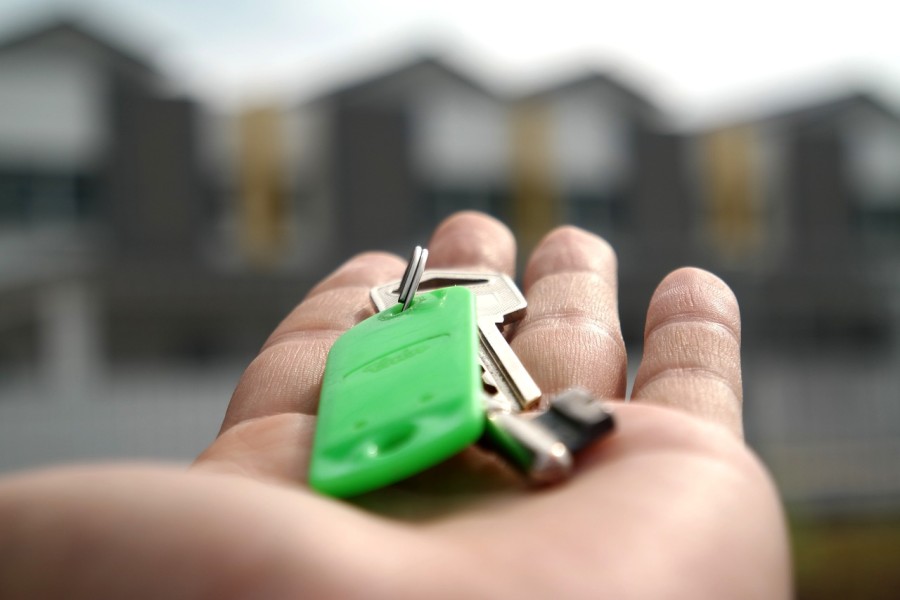A junior or second mortgage is a loan taken out against a property that already has an existing mortgage. This type of mortgage is also known as a double mortgage loan. It provides homeowners with an opportunity to access additional funds while leveraging their property’s equity. Understanding how it works, its limits, and the potential benefits and drawbacks is crucial for anyone considering this financial option.
How a Second Mortgage Works?
A second mortgage functions similarly to a primary mortgage but with some key differences. Here’s a breakdown of how it operates:
1. Equity Utilisation
A second mortgage allows you to borrow against the equity you’ve built up in your home. Equity is the difference between your home’s market value and the amount you still owe on your primary mortgage.
2. Loan Amount
The amount you can borrow is typically up to 85% of your home’s equity. For example, if your home is worth ₹3,00,000 and you owe ₹2,00,000 on your primary mortgage, you have ₹1,00,000 in equity. You could potentially borrow up to ₹85,000 through a second mortgage.
3. Interest Rates
Second mortgages usually have higher interest rates compared to primary mortgages because they pose a higher risk to lenders. If you default on your loan, the primary mortgage takes precedence in repayment, leaving the second mortgage lender at greater risk.
4. Repayment Terms
These loans can have fixed or variable interest rates and typically have shorter repayment periods than primary mortgages, often ranging from 5 to 20 years.
Also Read – What are the 7 different types of Mortgages?
Limits of a Junior Mortgage
When considering a junior mortgage, it’s important to understand its limitations:
1. Risk of Foreclosure
Since a second mortgage is subordinate to the first, the risk of foreclosure increases if you default. The primary lender is repaid first, potentially leaving the second mortgage lender with little to recover.
2. Higher Interest Rates
Due to the increased risk, interest rates on junior mortgages are higher. This means your monthly payments could be significantly higher than those on your primary mortgage.
3. Additional Debt
Taking out a second mortgage adds to your overall debt burden. It’s crucial to ensure you can manage the additional payments to avoid financial strain.
4. Limited Borrowing Amount
The amount you can borrow is limited by your home’s equity and the lender’s terms. This might not be sufficient for all your financial needs.
Also Read – What is Interest-Only Mortgage? How They Work, Pros and Cons

Benefits of a Second Mortgage
Despite its limitations, a second mortgage can be beneficial in various situations:
1. Home Improvements
Many homeowners use the funds from a second mortgage to finance home improvements, which can increase their property’s value.
2. Debt Consolidation
You can consolidate high-interest debts into a single loan with a potentially lower interest rate, simplifying your finances.
3. Emergency Funds
It provides a source of funds for emergencies or large expenses, such as medical bills or education costs.
A junior or second mortgage can be a useful financial tool for homeowners needing access to additional funds. By understanding how it works, its limits, and the potential benefits and drawbacks, you can make an informed decision about whether it’s the right option for you. Always consider the risks involved and ensure you can manage the additional debt responsibly. For personal loans and other financial products, visit Airtel Finance on the Airtel Thanks App. Get the support you need to make informed financial decisions tailored to your needs.
Also Read – What is Mortgage Loan: Eligibility, EMI, and Interest rates
FAQs
1. What is a second mortgage?
A second mortgage is a loan taken out against a property that already has an existing mortgage. It allows homeowners to borrow against their home’s equity, usually at a higher interest rate than the primary mortgage.
2. How does a double mortgage loan differ from a primary mortgage?
A double mortgage loan, or second mortgage, is subordinate to the primary mortgage. In the event of default, the primary mortgage lender is repaid first, making the second mortgage riskier and typically more expensive.
3. Can I use a junior mortgage for any purpose?
Yes, funds from a junior mortgage can be used for various purposes, including home improvements, debt consolidation, education expenses, or emergency costs. However, it’s important to consider the interest rates and repayment terms.
4. What are the risks of taking out a second mortgage?
The primary risks include higher interest rates, increased monthly payments, and the potential for foreclosure if you default on the loan. It’s essential to carefully assess your financial situation before proceeding.


 Get App
Get App  Airtel Store
Airtel Store  Login
Login 


